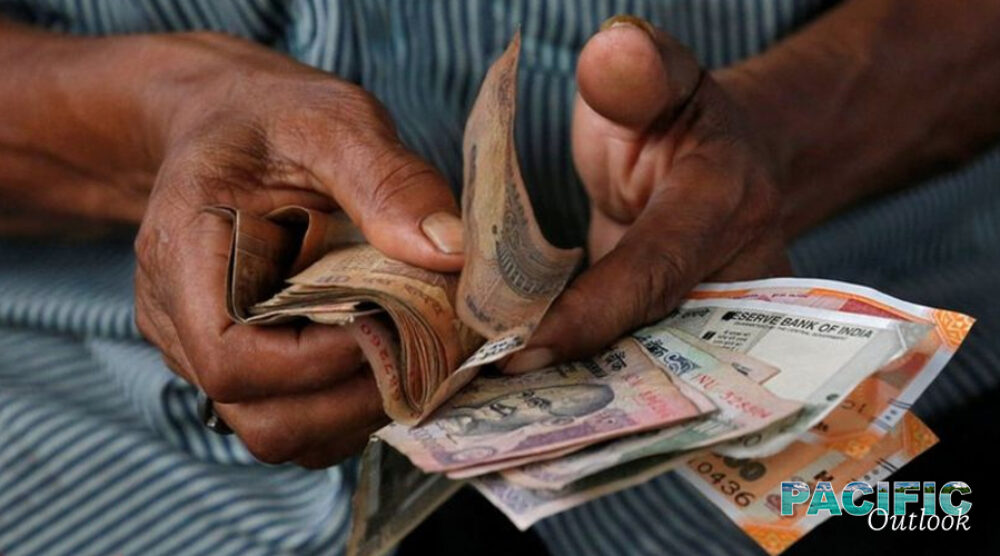In recent times, there has been a global “push” or trend otherwise, led largely by the new generation to go more and more cash “less” You don’t even need a card to complete transactions—a mobile phone with the right apps is all you need. For some, cards were fine but more and more the use of mobile phone for payments and transfers has become the norm. That said, some still carry a real wallet with real cash—for small transactions. In some parts of the world, cash remains “king”—thwarting financial inclusion efforts. Now to the pandemic, which is currently affecting all facets of life—how is it affecting or influencing the cashless trends? What are the implications for the PICs?
A recent report shows that in Australia 33 per cent of businesses have gone virtually cashless during the pandemic, i.e. up to 95 per cent of transactions are via debit or credit cards. Health and safety concerns (social distancing, contactless transactions) are among the reasons., (By the way, bank notes have even been meticulously disinfected). But, of course, to be able to do that, one needs “cash” in the bank “as you pay” (debit cards) or later (credit cards). In the wake of massive job losses, weakening of key income generating sectors like tourism, significant decline in international remittances and a meaningful resurgence not in sight for the foreseeable future for many countries, including the PICs, the implications are real.
For large parts of the society, already, there may not be any or much cash in the bank “now” or “later”, for a while. Cashless transactions are then likely to eventually decline—use of debit cards sooner than credit cards. But re the latter, here is a little conundrum—how will the outstanding credit card balances be recovered by issuers in the case of those with no income later? If limits have not yet been reached, merchants will continue to accept payments via credit cards—should the issuers then be ascertaining the employment and financial positions of their clients—right now?
So, in addition to the global mortgage payment ordeals (in another blog), the cashless part of economic activities might need a closer scrutiny by issuers—mainly banks.
But, here’s another angle to the emerging narrative. Aussies have also been stockpiling during the pandemic—”the RBA has had to increase the cash in circulation from $83 billion to $94 billion due to increased demand for bank notes”. Paradoxical? Looks very much so. Why would one do that? Safety? Security? Lack of trust and confidence in banks and governments? People may simply want to keep money at home. In some cases, Aussies have been “rushing” to withdraw cash—occasionally, “very large withdrawals—more than $100,000, and in some cases into the millions of dollars”.
Let’s turn to the PICs again. Cashless transactions are likely to be problematic, later if not immediately. Now if people in the region have also been and/or continue to “hoard” cash, implications are again potentially serious. On a larger scale, in the longer term but hopefully not, is the potential for a bank “run”; smaller and weaker banks likely to be more affected. As we well know, deposits are lent out, only a small fraction is set aside for withdrawals and the rest is invested, mostly in loans—and the mortgage repayment predicament re-surfaces. So, if customers demand more cash than a bank has on hand… In the short to medium term, less cash at the bank means less deposits for new or renewed loans; this could be more serious in the case of a bank’s heavy reliance on domestic deposits for intermediation purposes—such as in the PICs.
Any which way you look at it, worldwide, some financial disruption is likely—the degree will depend on a host of variables, including a country’s financial position and capacity, the banking system’s soundness and people’s trust and confidence in both the government and the banking system. Hopefully, with the anticipation of a vaccine looming, we will be out of the pandemic soon…but for the PICs, socio-economic recovery is likely to be a long haul. Hopefully, also this article will instigate a debate and discussion on the “cash” related issues.

Dr Parmendra Sharma, Department of Accounting, Finance and Economics, Griffith University and Griffith Asia Institute.
For more articles on PIC economies, see Pacific Forum.








